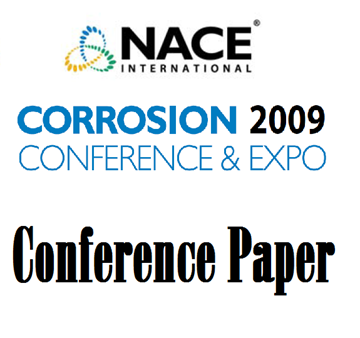Search
99461 STRESS CORROSION CRACKING AND CORROSION FATIGUE ON 316L STAINLESS STEEL IN BORIC ACID CONCENTRATED MEDIA AT 320°C
Also Purchased
09303 The Effect of Cold Working on the Corrosion Fatigue Behaviour of a CrNiMoN Austenitic Stainless Steel
Product Number:
51300-09303-SG
ISBN:
09303 2009 CP
Publication Date:
2009
$20.00
10302 Corrosion Fatigue Investigations of Austenitic Stainless Steels with Different Alloying Concepts and Grades of Cold Working
Product Number:
51300-10302-SG
ISBN:
10302 2010 CP
Publication Date:
2010
$20.00
09348 Prevention of External Chloride Stress Corrosion Cracking of Austenitic Stainless Steel with a
Product Number:
51300-09348-SG
ISBN:
09348 2009 CP
Publication Date:
2009
$20.00




